
Sacred geometry involves sacred universal patterns used in the design of everything in our reality, most often seen in sacred architecture and sacred art. The basic belief is that geometry and mathematical ratios, harmonics and proportion are also found in music, light, cosmology. This value system is seen as widespread even in prehistory, a cultural universal of the human condition. It is considered foundational to building sacred structures such as temples, mosques, megaliths, monuments and churches; sacred spaces such as altars, temenoi and tabernacles; meeting places such as sacred groves, village greens and holy wells and the creation of religious art, iconography and using "divine" proportions. Alternatively, sacred geometry based arts may be ephemeral, such as visualization, sandpainting and medicine wheels.
Sacred geometry may be understood as a worldview of pattern recognition, a complex system of religious symbols and structures involving space, time and form. According to this view the basic patterns of existence are perceived as sacred. By connecting with these, a believer contemplates the Great Mysteries, and the Great Design. By studying the nature of these patterns, forms and relationships and their connections, insight may be gained into the mysteries - the laws and lore of the Universe.
The discovery of the relationship of geometry and mathematics to music within the Classical Period is attributed to Pythagoras, who found that a string stopped halfway along its length produced an octave, while a ratio of 3/2 produced a fifth interval and 4/3 produced a fourth. Pythagoreans believed that this gave music powers of healing, as it could "harmonize" the out-of-balance body, and this belief has been revived in modern times. Hans Jenny, a physician who pioneered the study of geometric figures formed by wave interactions and named that study cymatics, is often cited in this context. However, Dr. Jenny did not make healing claims for his work.
Even though Hans Jenny did pioneer cymatics in modern times, the study of geometric relationships to wave interaction (sound) obviously has much older roots (Pythagoras). A work that shows ancient peoples understanding of sacred geometry can be found in Scotland. In the Rosslyn Chapel, Thomas J. Mitchell, and his son, my friend Stuart Mitchell, have has found what he calls "frozen music". Apparently, there are 213 cubes with different symbols that are believed to have musical significance. After 27 years of study and research, Mitchell has found the correct pitches and tonality that matches each symbol on each cube, revealing harmonic and melodic progressions. He has fully discovered the "frozen music", which he has named the Rosslyn Motet, and is set to have it performed in the chapel on May 18, 2007, and June 1, 2007.
At least as late as Johannes Kepler (1571-1630), a belief in the geometric underpinnings of the cosmos persisted among scientists. Kepler explored the ratios of the planetary orbits, at first in two dimensions (having spotted that the ratio of the orbits of Jupiter and Saturn approximate to the in-circle and out-circle of an equilateral triangle). When this did not give him a neat enough outcome, he tried using the Platonic solids. In fact, planetary orbits can be related using two-dimensional geometric figures, but the figures do not occur in a particularly neat order. Even in his own lifetime (with less accurate data than we now possess) Kepler could see that the fit of the Platonic solids was imperfect. However, other geometric configurations are possible.
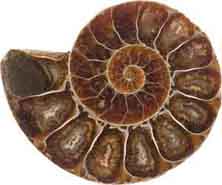
Many forms observed in nature can be related to geometry (for sound reasons of resource optimization). For example, the chambered nautilus grows at a constant rate and so its shell forms a logarithmic spiral to accommodate that growth without changing shape. Also, honeybees construct hexagonal cells to hold their honey. These and other correspondences are seen by believers in sacred geometry to be further proof of the cosmic significance of geometric forms. But some scientists see such phenomena as the logical outcome of natural principles.
The golden ratio, geometric ratios, and geometric figures were often employed in the design of Egyptian, ancient Indian, Greek and Roman architecture. Medieval European cathedrals also incorporated symbolic geometry. Indian and Himalayan spiritual communities often constructed temples and fortifications on design plans of mandala and yantra. For examples of sacred geometry in art and architecture refer:
- Labyrinth (an Eulerian path, as distinct from a maze)
- Mandala
- Parthenon
- Taijitu (Yin-Yang)
- Tree of Life
- Rose Window
- Celtic art such as the Book of Kells
- Yantra
- Swastika
- Dharmacakra
A contemporary usage of the term sacred geometry describes New Age and occult assertions of a mathematical order to the intrinsic nature of the universe. Scientists see the same geometric and mathematical patterns as arising directly from natural principles. Some of the most prevalent traditional geometric forms ascribed to sacred geometry include the sine wave, the sphere, the vesica piscis, the 5 platonic solids, the torus (donut), the tesseract (4-dimensional cube), and the merkaba (2 oppositely oriented and interpenetrating tetrahedrons), and the the golden spiral. Some believers in sacred geometry also see significance in crop circles and in ancient architecture, such as the Great Pyramid of Giza and Stonehenge.
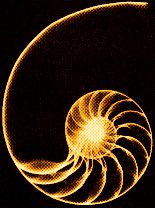
Golden Spiral
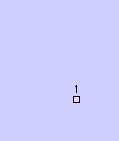
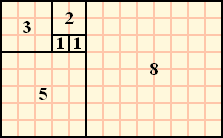
Blocks - Grids
The golden ratio, also known as the god ratio, golden proportion, golden mean, golden section, golden number, divine proportion or sectio divina, is an irrational number, approximately 1.618 033 988 749 894 848, that possesses many interesting properties. Shapes proportioned according to the golden ratio have long been considered aesthetically pleasing in Western cultures, and the golden ratio is still used frequently in art and design, suggesting a natural balance between symmetry and asymmetry. The ancient Pythagoreans, who defined numbers as expressions of ratios (and not as units as is common today), believed that reality is numerical and that the golden ratio expressed an underlying truth about existence.
Art - Architecture - Great Pyramid
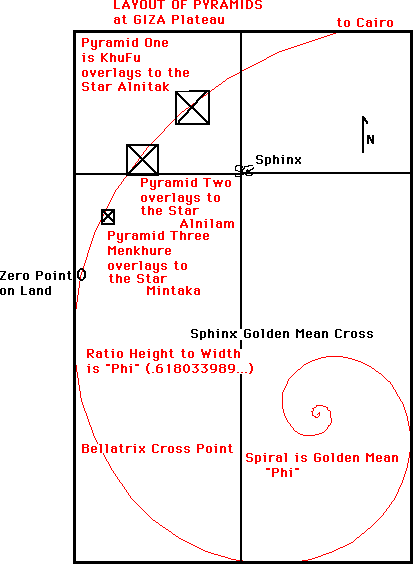
Our reality is a geometric consciousness hologram. It is a virtual experiment in linear time to experience, journal, film, and record emotions. The term "sacred geometry" is often used by archaeologists, anthropologists, geometricians, and metaphysicians to encompass the religious, philosophical, and spiritual beliefs that have sprung up around this geometry in various cultures during the course of the human biogenetic experiment.
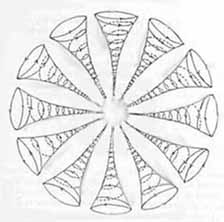
12 Spiraling Cones Around 1 - Creation
Sacred Geometry is abbreviated SG referencing Stargate, the Wheel of Time or Karma through which we experience and evolve. We are soul sparks of light having a physical experience, our consciousness spiral down through the patterns of the golden ratio the (slinky effect) about to reverse the spiral (spin) and return to source consciousness. The program is evolving back to its natural state of consciousness.
To understand reality is to focus on the patterns that have always repeated in time, as if on a higher octave with each programmed experience for the souls. We live in the Age of Technology, paralleling spiritual awakening, reverse Fibonacci Numbers back to zero point.
Related Files

The Court Jester and the Fleur de Lis (Flower of Life)
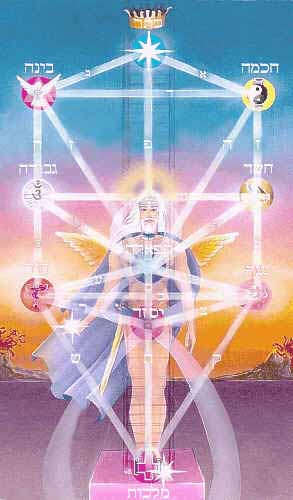
Qabbalah - Flower of Life - Star of David
Above and Below
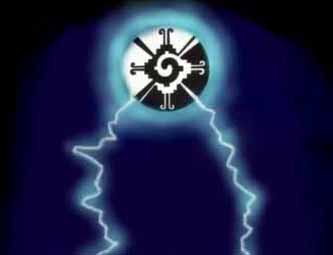
Twin Flames Balance
Reunion of both aspects of your soul at Zero Point
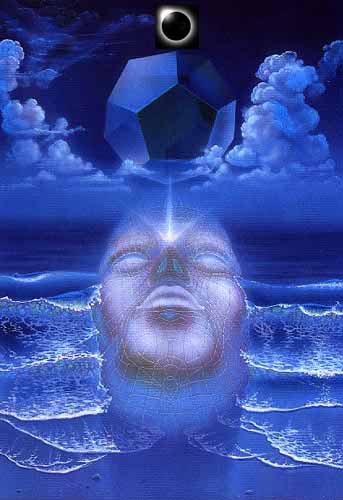
Eclipse of Time and Consciousness

All Seeing Eye
Isis, Iris, Pupil, Rods and Cones, Masonic Symbolism
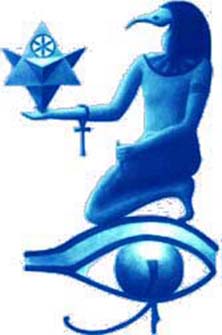
Hermes Trismegistus
The Emerald Tablets of Thoth (thought, consciousness)
As is Above, So is Below

Merkabah
Counter rotating fields - Rotation and Spin
Movement of consciousness between realities
Center, Heart Chakra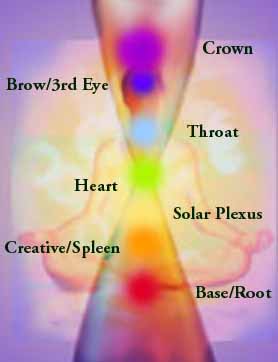
Hour Glass Effect - Time - Hours - Horus Rebirth
Reptilian Influences (DNA)
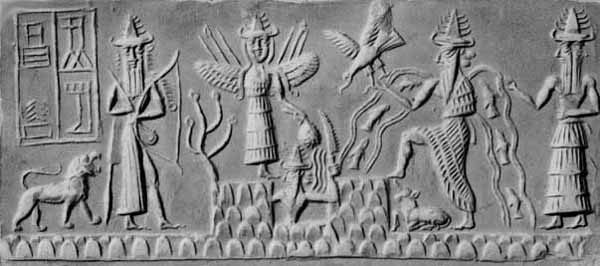
Sumerian Gods Allegedly Create a Biogenetic Experiment
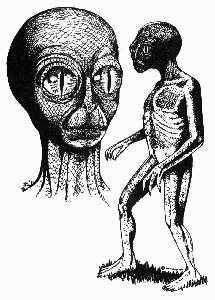
11:11 Vertical Pupils - Balance
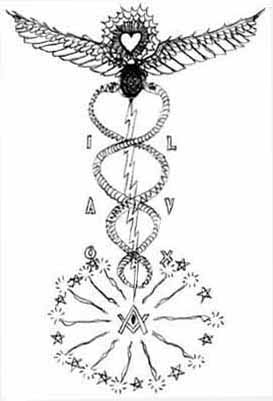
Alchemy of Consciousness in Time
Using the Rod to Slay the Dragon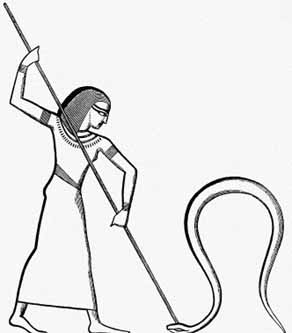
Omega Project, Ending the Human DNA Experiment, Leo, Lion
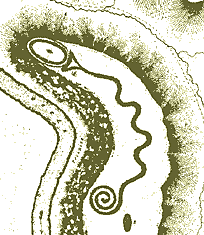
The Great Serpent Mound Creation
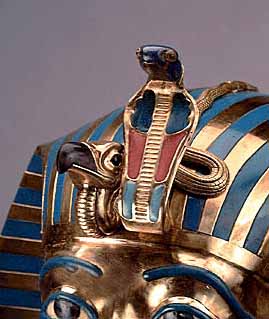
Uraeus, Egyptian Connections Alpha, Omega
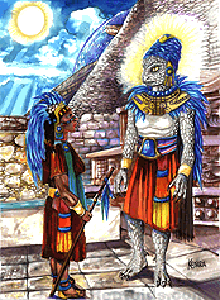
Quetzalcoatl Feather Serpent God, 2012, Mayan Calendar
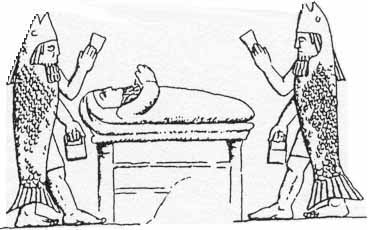
Amphibious Gods
Oannes, Oneness, Babylon, Baby Lion, Many Others
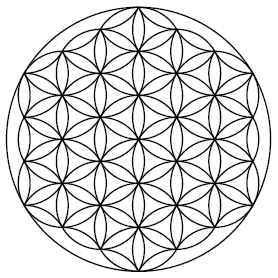

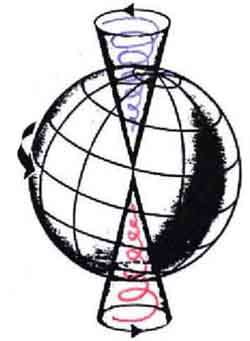
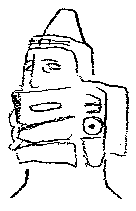
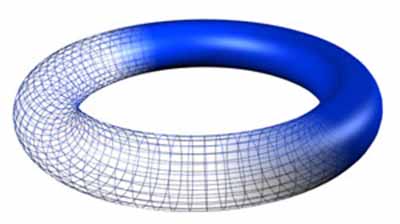
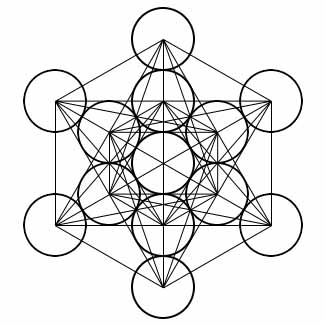
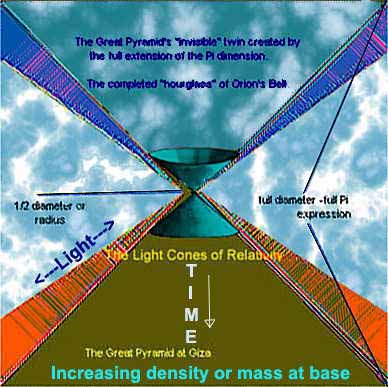


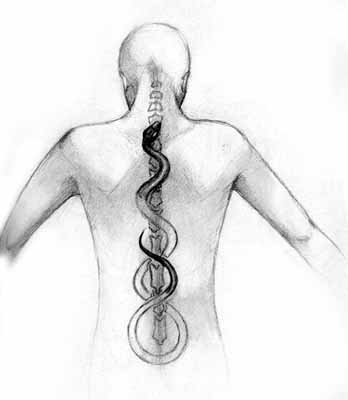
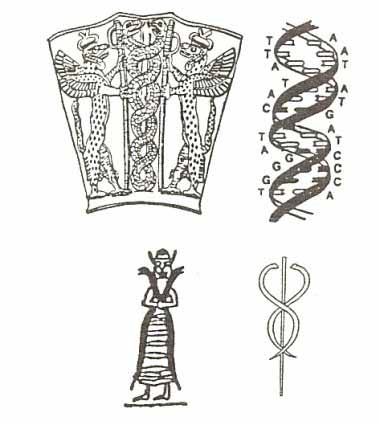
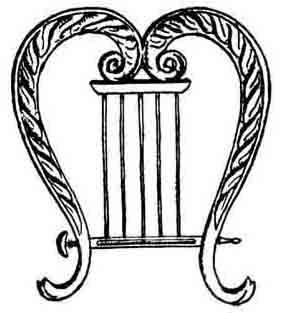
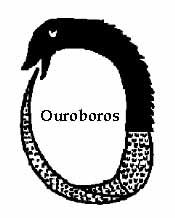
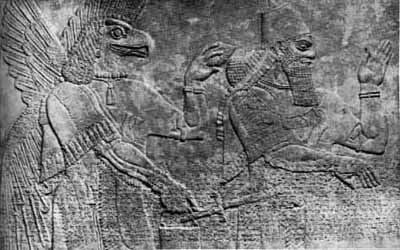
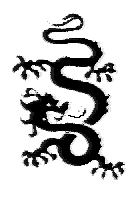
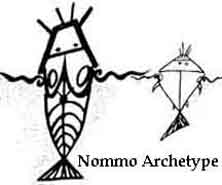
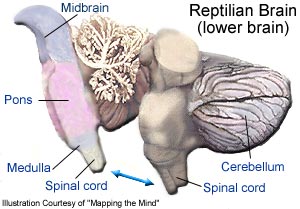
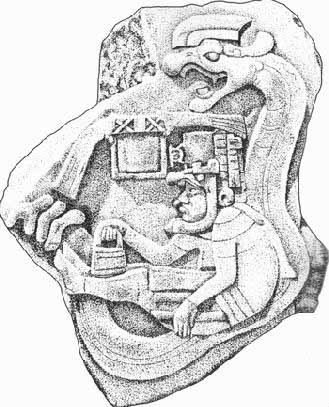




0 comments:
Post a Comment